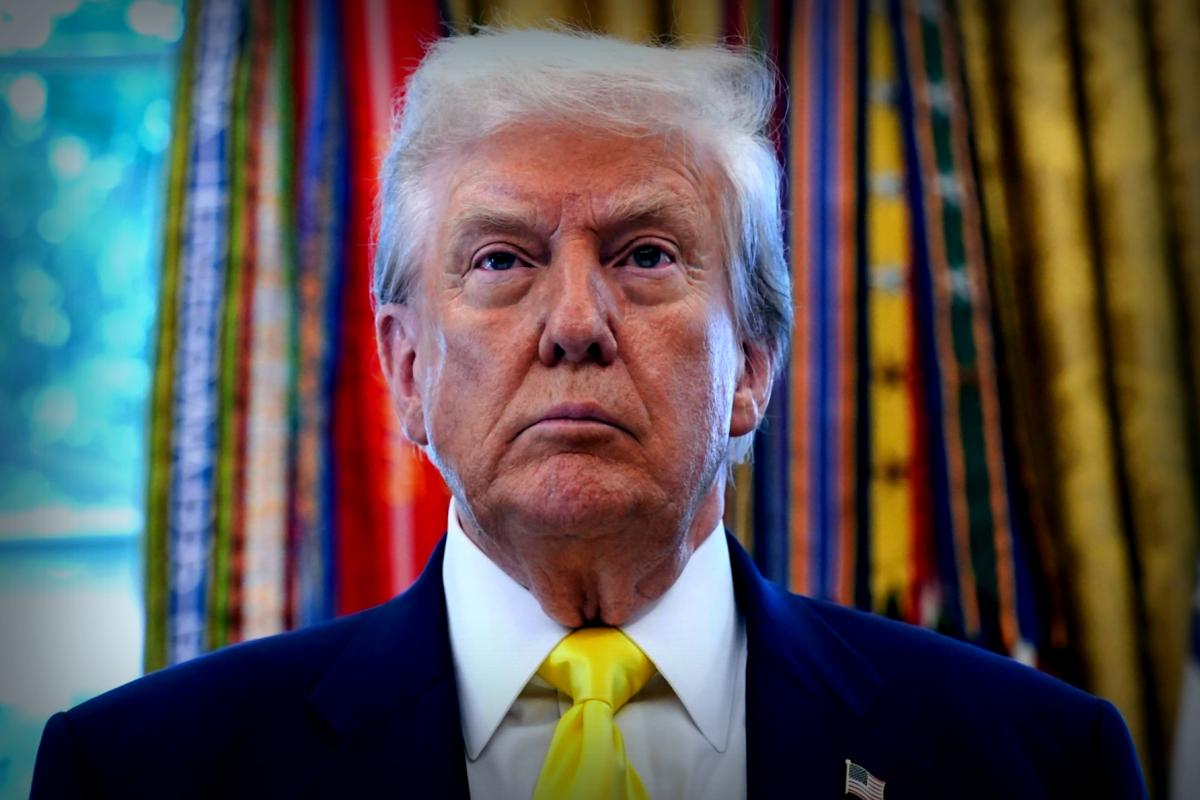Goldman Sachs has released a projection indicating that American consumers will shoulder approximately two-thirds of President Trump’s new tariffs. As businesses ramp up efforts to pass these expenses onto customers, foreign exporters seem unwilling to absorb those costs.
This move is expected to push core Personal Consumption Expenditures (PCE) inflation up to 3.2% by year-end, further complicating the Fed’s goal of maintaining inflation at 2%.
Trump’s Tariff Promises vs. Reality
When Trump first introduced his tariff plan, he claimed that penalties would mainly impact foreign companies and consumers. However, that assertion turns out to be overly optimistic, as the bulk of these costs is pushing onto the U.S. market.
Thus far, tariffs haven’t made a huge impact on inflation rates—though remarks from officials like Treasury Secretary Scott Bessent calling them a “dog that didn’t bark” signal a growing concern regarding future adjustments.
Interestingly, some of Trump’s most aggressive tariffs have yet to take full effect, as he postponed key “Liberation Day’’ tariffs to negotiate with trade allies.
International Negotiations and Their Impact
Several nations have made progress in negotiations, including the U.K., E.U., and Japan, significantly reducing tariff threats initially proposed in April. On the flip side, nations that haven’t brokered a deal with the U.S. witnessed their effective export rates surge after an August deadline.
For instance, India is facing a staggering 25% tariff rate, which could potentially double by the end of the month as a reaction to its prohibited dealings with Russian oil. Meanwhile, negotiations with China remain suspiciously vague, with no new agreements aside from postponements.
Goldman Sachs suggests that, ultimately, the foreign exporters are likely to absorb diminishing tariff costs, despite an anticipated growth in their overall share.
Consumer Costs on the Rise
Goldman Sachs economist Elsie Peng indicated that while foreign exporters absorbed around 14% of tariff costs in June, that figure might climb to 25% by October—if trends mirror those seen in earlier trade conflicts during Trump’s first term.
Consumers shouldn’t expect to be spared from rising prices either. According to Peng, an estimated 36% of tariff costs were already passed down to consumers just three months post-implementation, with that number surging to roughly 67% after four months.
She highlighted that while these passthrough rates are rising quickly, they still remain lower compared to similar rates recorded during the 2018-2019 trade war.
In light of these developments, it seems U.S. companies plan to shift a part of their costs onto consumers. The recent Conference Board CEO Confidence report for the third quarter showed that 64% of businesses intend to pass on the price increases, with an additional 16% still looking at options.
This is a notable increase from findings earlier in the summer when only 45% of service firms indicated a similar intention.
Future Inflation Predictions
Obviously, when American consumers start shelling out more for day-to-day essentials, the goal of keeping inflation at a 2% target will become even tougher for the Federal Reserve.
Goldman Sachs stipulates that, so far, tariff actions have raised core PCE prices by about 0.2%. Further predictions forecast another 0.16% boost in July and an additional 0.5% from August through December. Thus, core PCE inflation could be around 3.2% year-on-year by December.
As analysts peruse the most recent Consumer Price Index (CPI) report, signs of this inflation passthrough are already surfacing. Examining goods like household furnishings, apparel, and toys, noticeable price pressures are evident, suggesting the tariffs are beginning to leave a mark.
With worries mounting around a recent jobs report, many in the economic sector are vigilantly hoping for a rate cut from Fed Chair Jerome Powell. However, keeping in mind Powell’s reservations about raising rates in response to lingering inflation anticipations, it seems there’s a mix of hope and apprehension regarding the fallout.
This article originally appeared on Fortune.com




















